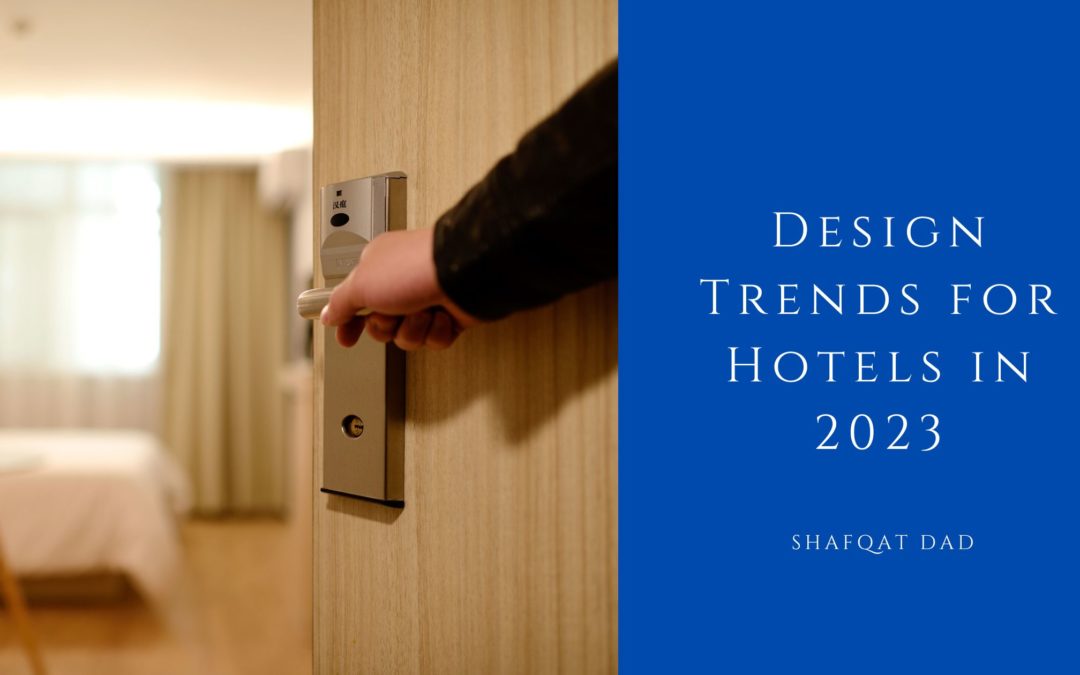Much like fashion, the architectural and design sector is unpredictable and ever-changing. It can be challenging for architects and designers to know how to plan new projects and renovations that will be long-lasting. In the retail and hospitality design sector, basing a plan on a current trend means risking needing to be updated when the grand opening arrives.
Most people worldwide have had to be adaptable during the last three years. With a pandemic, travel ban, high prices, labor shortages, and supply chain delays, the hotel sector has faced unprecedented difficulties. As a result, architects are creating adaptable environments to prepare for the unexpected. Mixed-use spaces are popular in the workforce because of their flexibility. Likewise, the tourism industry has embraced that concept. Most hotels today need appropriate areas for flexible working, more casual meeting rooms, and cozy, relaxing social spaces. Some larger structures combine retail spaces with lodging, dining, and residences. These modern-day layouts encourage people to take relaxing breaks from work without traveling far.
Hotel lobbies also evolve into multipurpose areas, focusing on social interaction and serving as meeting spaces for events and conferences. Coffee shops and libraries are being tacked on to public places to encourage lengthier stays. The layout of lobbies will be divided into comfortable, relaxing, functional spaces such as workstations and breakfast and coffee stations.
Hotels are also finding ways to appease the various types of guests they serve. Vacationers, working travelers, and wellness seekers all want different amenities. Hotels are turning away from niche markets to respond to the new normal of people working while traveling. Custom floor plans are replacing cookie-cutter room designs. Visitors will have different room types to choose from depending on their needs. For tech-savvy visitors, hotels will offer top-of-the-line accommodations to assist with a work-life balance. Beds can be hidden to make room for a work desk or sitting area.
Several hotels have renovated their guest rooms to include a more prominent, spa-like bathing space and in-room workout and exercise equipment. Others have added yoga rooms to their fitness facility expansion. Common places for health and wellness, such as spaces for optional group exercise and health courses, are a recurrent motif.
Digital nomads are more inclined to reserve more extended hotel stays and look for accommodations that cater to their preferences and demands. Different nomads need different levels of contact, and architects are creating spaces appropriately. Hotels will give more shared workspaces in the lobby or more extensive, open business facilities to promote productivity and social interaction since remote work may be alienating.
Visitor rooms are constructed with new soundproof windows and designated work zones for knowledge workers who require peace and solitude. This enables the guest to alter the environment and go from work to leisure mode.
